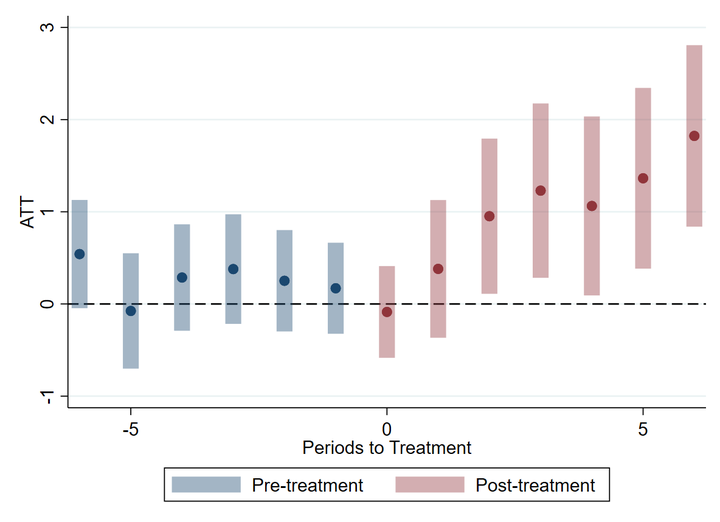Educational Gains from Off-Grid School Electrification in Rural Areas
 Image credit:
Unsplash
Image credit:
Unsplash
Abstract
This paper explores the educational benefits of off-grid school electrification in rural areas. Using data from the Lights to Learn program in Uruguay, which entailed the installation of solar panels and the provision of internet connectivity to schools, we employ the difference-in-differences methodology developed by Callaway and Sant’Anna (2021) to analyze its effects. Our findings reveal a 13% increase in enrollment among primary school students, predominantly influenced by males. We observe no statistically significant impact on completion, repetition, dropout, or attendance at both elementary and preschool levels. However, these outcomes are influenced by changes in school composition, as new enrollees are among the most vulnerable students. This research adds significant value by specifically examining the impact of electricity in schools across various educational processes and outcomes over a six-year period.
Supplementary notes can be added here, including code and math.